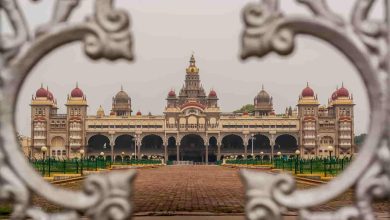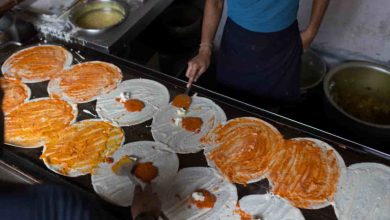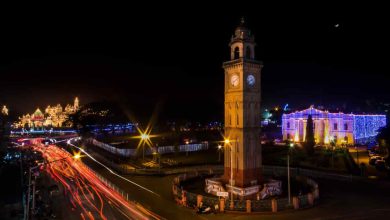Mysore Palace is the glory of Karnataka, the pride of India and a timeless beauty for the world to watch. As you step into the opulent palace, all you witness is royalty sparkling in every corner. Nestled in the heart of Mysore, this palace is a significant tourist attraction in the country. Known for its marvellous architecture and design, Mysore Palace is all about vibrant lighting and aesthetic decorations.
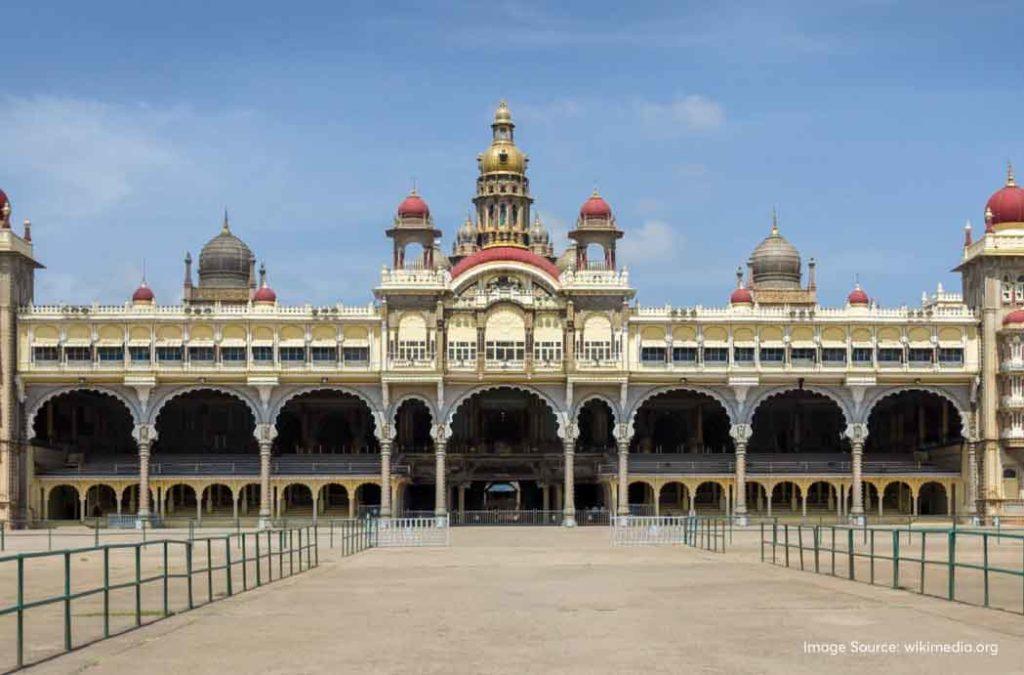
Popularly known as the Amba Vilas Palace, this structure has been the royal residence of the Wodeyars. Step into the world of illuminating corners and book affordable hotels in Mysore for the getaway. It is time to dive deep into the details of the Mysore Palace and its influence today.
[treebo_visual_elements header=”Book Budget Hotels in Mysore” city=”Mysore”]
Historical context and royal heritage
The Mysore palace that you see today has been through various alterations in this construction and design. However, this palace was built in the 14th century by the Wodeyars. It was constructed as a part of a fortress. That is also when it was used as the residence.
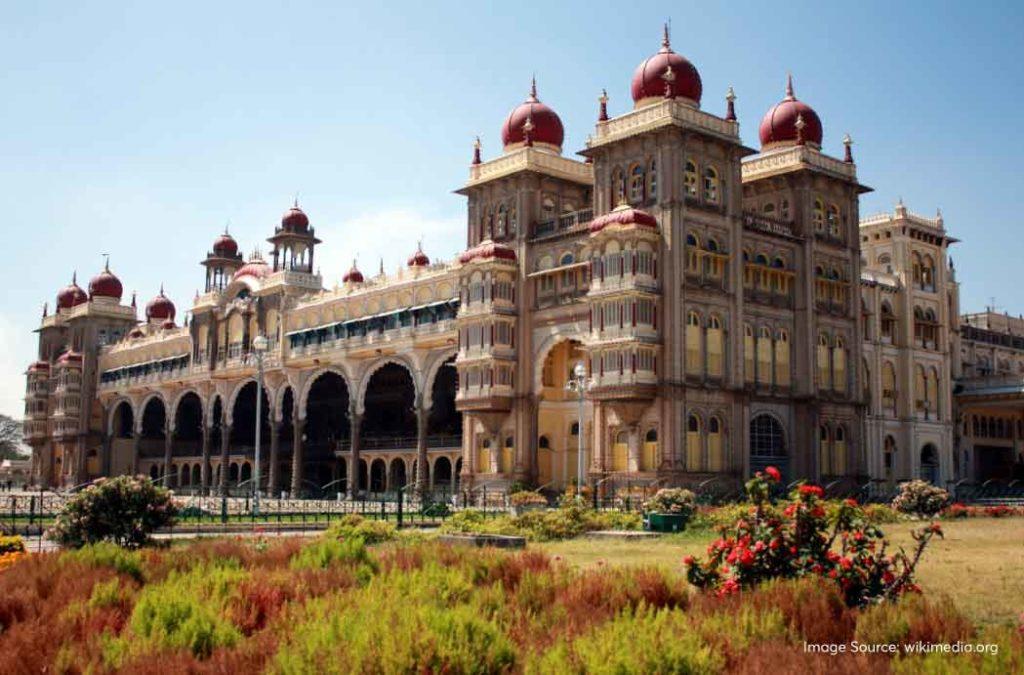
Interestingly, this palace has witnessed everything from wars to shifts of rulers and whatnot! That’s what makes it one of the prime historical places in Mysore. As we move ahead, let’s understand more about the tremendous changes in the rulers, tales of ancient Mysuru and a lot more.
Mysore Palace: An architectural marvel
The Indo-Saracenic architectural style was one of the famous revivalist styles used by the British rulers. Mysore Palace is one of the best examples of excellent Indo-Saracenic architectural beauty. Henry Irwin combined the elements of Rajput and Muslim styles to blend the final output. Various Gothic elements can be witnessed representing the grandeur of this palace.
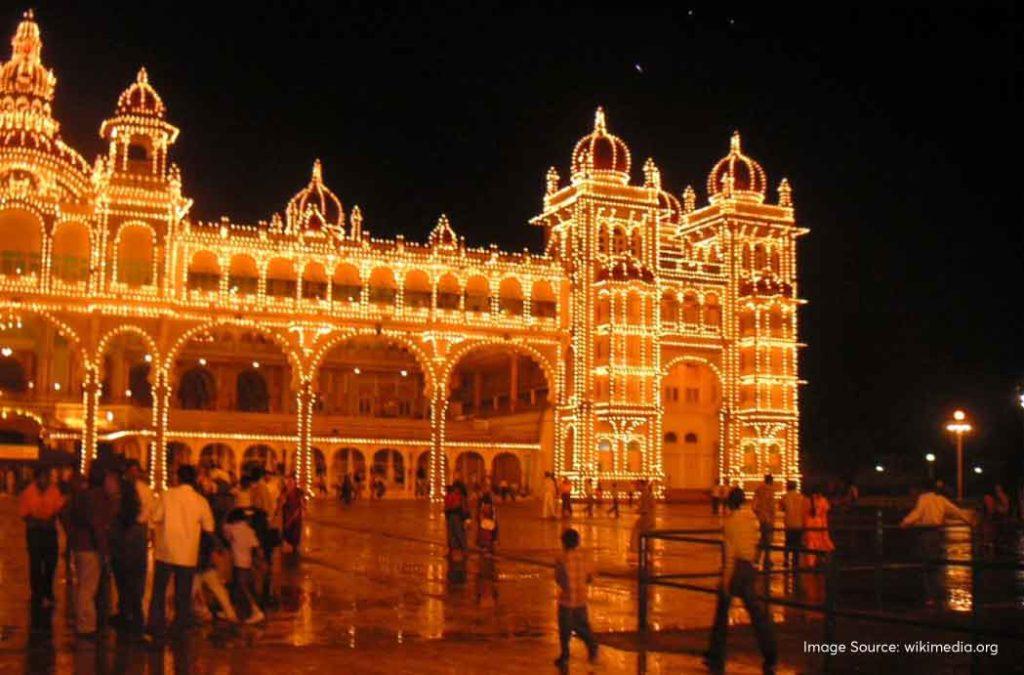
You can observe a magical fusion of huge arches, a great facade and expansive bay windows. Bow-like canopies also make the interiors outstanding! Carvings on the doors quite well reflect the royalty of Wodeyars. You also get to see luxurious chandeliers, decorative frescoes and stained glass windows. The intricacy of interiors speaks volumes about the determination and commitment to creating a place of wonder!
Designed by Henry Irwin, Mysore Palace is a three-storey structure with unique elements. The palace has tall square towers. These are located at the cardinal points. To make it appealing, the towers have a dome structure on the top in the colour pink.
With the usage of domes, Henry Irwin defines the fusion of architectural styles. Domes are common in the Persian style. If you notice well, these domes also have a chattri (umbrella-like structure) showcasing Rajput-style architecture.
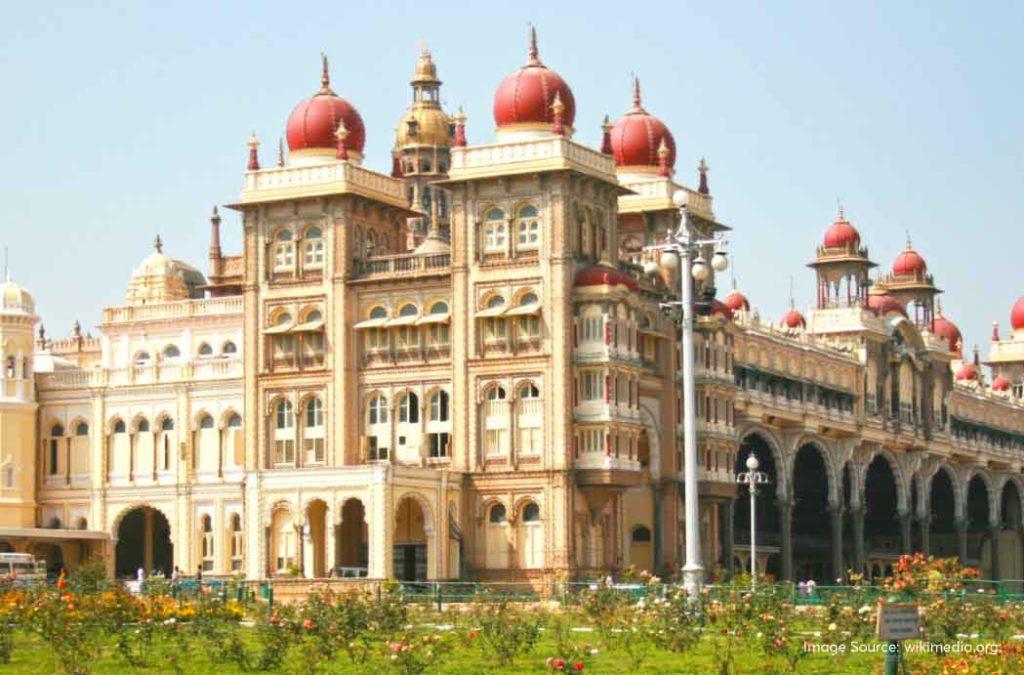
Mysore Palace literally stamps the journey of tourists visiting the city. Simply with the gates the palace talks about grandeur and elegance. There are different gates built in all directions of the Mysore Palace. Interestingly, they all have names and unique features too.
- Jayamarthanda Gate is on the eastern side being the grandest of all. This gate was used for travelling to the hilly areas.
- Jayarama and Balarama Gates are located on the north side of the palace. This gate is used for festivals and processions.
- The Brahmapuri Gate is the oldest gate of all. It is located on Sayyaji Rao Road making it a marvellous point of attraction during the journey. It was used by royals to travel to the market areas or towards the Jaganmohan Palace.
- The Karikallu Thotti Gate is located opposite the corporation building. It was used to bring groceries. That’s how royals have had unique gates for grocery shopping too!
- The Amba Vilas Gate is one of the main gates in the palace. It was used for the invitees and special guests.
- Lastly, there is the Varaha gate in the southern part of the palace. This one is used for tourist entry and common visitors.
Durbar Hall, Kalyanamantapa and Amba Vilas
Durbar Hall is one of the main attractions in the Mysore Palace. It is the place where Maharajas held the court. Debates and healthy discussions were a part of the court. Towering ceilings and decorative chandeliers define the royalty of this space. You can also witness the main throne adorned with precious stones and gold.
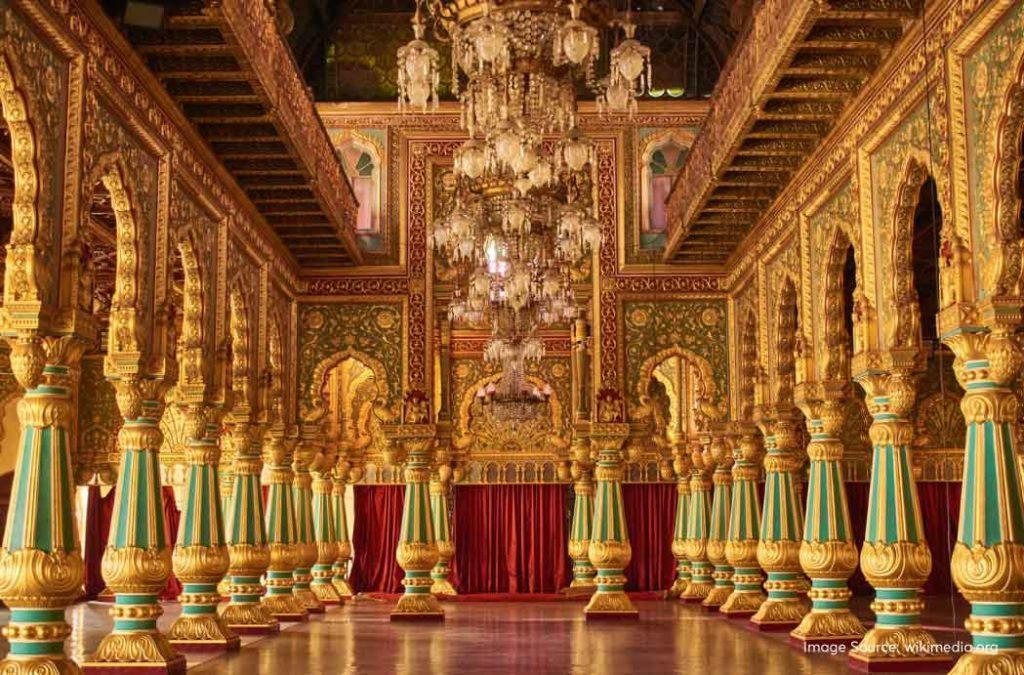
Kalyanamantapa is known as the marriage pavilion. It is the place where royal weddings and ceremonies are held. The space is featured by ornate carvings and motifs. You can also witness decorated pavilions with traditional fabrics and flowers.
Amba Vilas is known as the central courtyard of the palace. It is also near the gate which allows royal visitors and invitees. Intricate carvings and luxurious decorating are a part of this area. Being the nucleus of the palace, it has halls, chambers and important wings.
Origins and early constructions
Mysore Palace stands as a testament to the resilience and bravery of various rulers. You can better appreciate the iconic structure when you get to know the struggle with its existence. So, let’s explore the time and how Mysore Palace received its royal heritage.
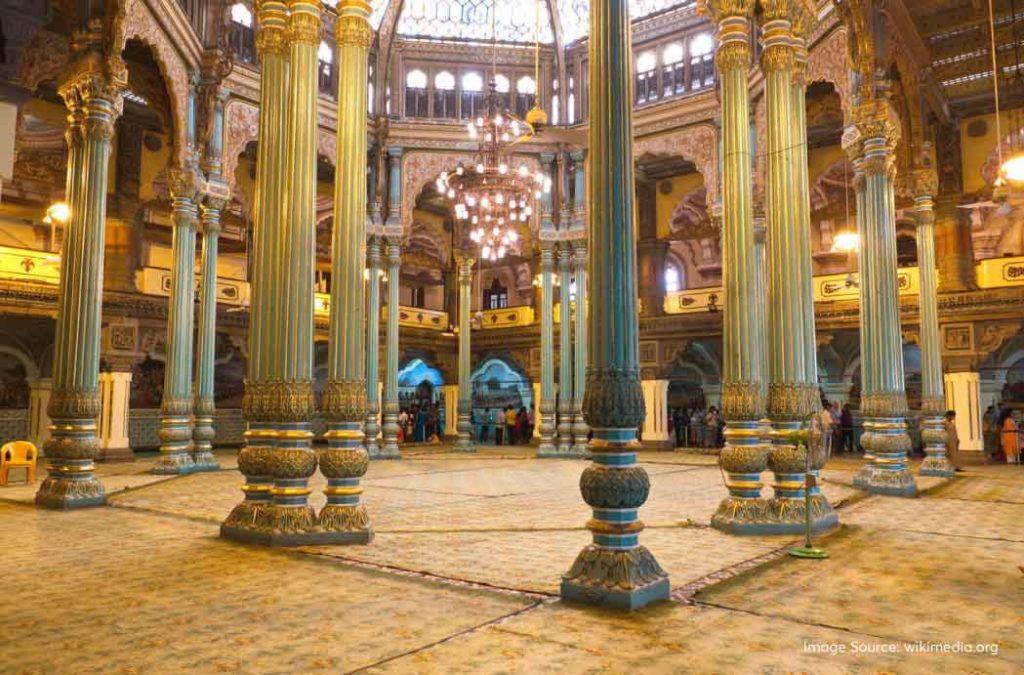
- In 1683, the palace was drastically struck by lightning. It was then reconstructed by Kantirava Narasa Raja Wodeyar. This was also the time when the palace was expanded. New pavilions were built to elevate its splendour.
- In 1704, the demise of Chikka Devaraja Wodeyar (a member of the Wodeyar dynasty) led to political instability. It created chaos and the palace was neglected.
- In 1793, Tipu Sultan (a member of the king’s army), demolished structures in the palace. He then became the ruler of Mysore.
- After he died in 1799, the five-year-old Krishnaraja Wodeyar III became the 24th ruler of the kingdom. He hastily rebuilt the palace in Hindu architectural style.
- In 1879, a fire broke out leading to massive damage to the palace.
While the historical timeline highlights the major events, the Mysore Palace has witnessed 25 rulers throughout history. Mysore Palace was finally free of monarchy when India received its independence!
The role of British architect Henry Irwin
After the fire incident, Queen Regent Kempananjammanni Vanivilasa Sanndihana was assigned the responsibility of rebuilding the palace. That’s when she approached a popular British architect named Henry Irwin. The idea was to build a palace that reflected the royalty of Wodeyars and the heritage of the city.
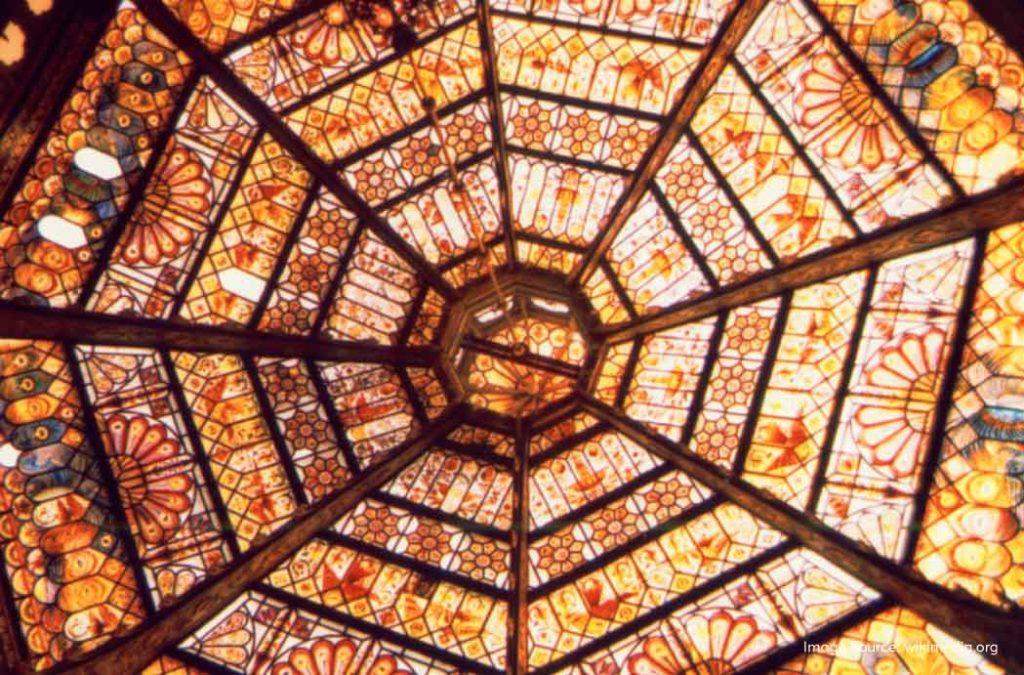
It took around INR 41,47,913 to construct the palace and give its charm back. Henry Irwin used Indo-Saracenic architectural style and combined various royal elements. That’s when the palace was completed in 1912. What you see today is a testament to excellent architectural beauty and innovation!
Mysore Palace in the 20th century and beyond
In the 20th Century, Mysore Palace held its significance as the heritage structure in the city. The freedom struggle and efforts of rulers for the existence of the palace made it an awe-inspiring reflection of determination. Despite facing challenges, the Mysore Palace created its place in the hearts of the public. It well represented the legacy of Wodeyars.
During the reign of Jayachamarajendra Wodeyar, the last Maharaja of Mysore, the palace was made open to the public. This amazing move made it a popular tourist attraction. People loved to observe the royal lifestyle and architectural elegance. The palace underwent various restoration projects and technical advancements. Later, it received global recognition and was promoted as a tourist place.
Celebrations at Mysore Palace
Mysore Dasara is one of the most happening festivals in Mysore. It commemorates the celebration of Navratri and you cannot miss witnessing it! The festival takes place in the Mysore Palace where locals and tourists gather in large numbers.
As per the legend, Mysore was ruled by the demon Mahisasura. Goddess Durga vanquished the demon and protected the city. That’s exactly why there’s so much importance to the festival. The entire city is illuminated with colourful lights. What’s more? It is the Mysore Palace shining with vibrant floral decorations, lights and decorative elements.
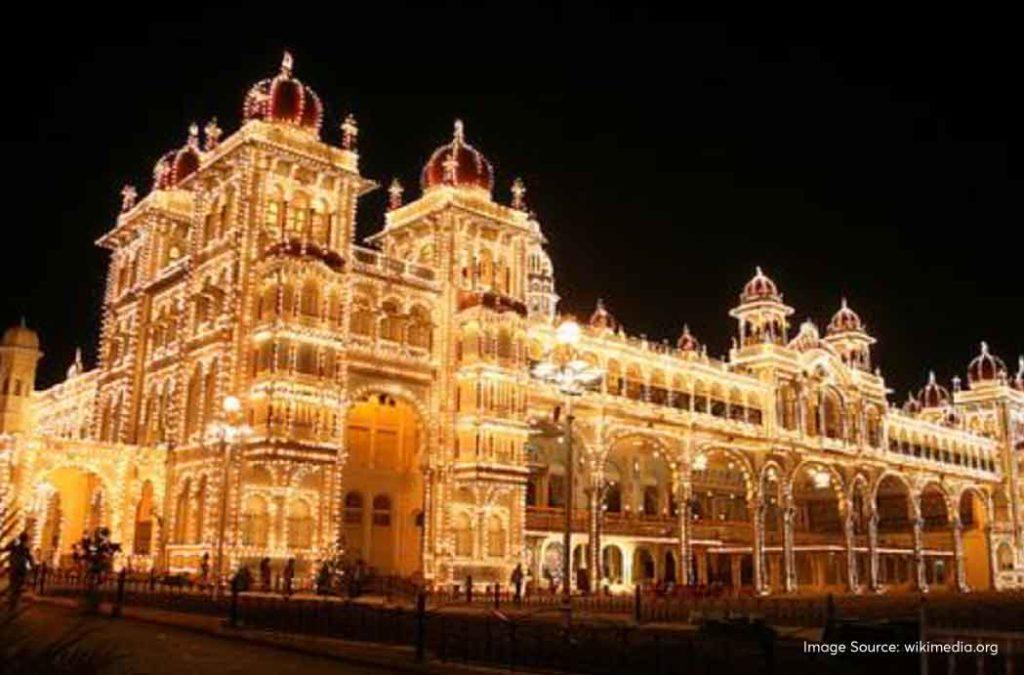
Mysore Palace organises various exhibitions and cultural events during the 9 days of Navratri. You can always be a part of music, folk dance and other events. The major attraction of the festival is the Jumboo Savari. An elaborately decorated elephant carries a golden howdah (a seat). This golden howdah is the seat of the goddess Chamundeshwari. A grand parade begins from the palace and goes through the streets of the city. Dancers, musicians and even the members of the royal family join this parade!
- Mysore Dasara is the most important celebration in the Mysore Palace. Every year, a puja is conducted for Goddess Chamundeshwari in the Chamundi Temple.
- Jumboo Savari, the elephant parade on the last day of Navratri, is still an ongoing royal tradition.
- Jayamarthanda Gate is the only gate used for the entry of royal elephants, camels and horses. Additionally, the gate is opened only once a year to welcome these divine creatures.
- Mysore Palace and Wodeyars also loved the public and never discriminated against them. That is exactly why the palace still supports local musicians, artists and creative individuals through exhibitions.
- One of the cherished traditions has also been the Royal Durbar. Back then, the Maharaja would hold court and invite dignitaries. Important matters were discussed among noblemen, guests and important members of the family.
Temples within the palace complex
- Kodi Bharravasvami temple is one of the main temples in the Mysore Palace. It is dedicated to Lord Shiva and its location in the past leads to its unique name.
- Sri Lakshmiramana Swami Temple is the most ancient temple in the palace. It is believed that a Brahmin’s blindness was cured here. It also commemorates the coronation of child Raja Krishnaraja Wadiyar III.
- Sri Shweta Varahaswamy Temple is one of the finest examples of Hoysala styles. You can locate the temple near the south gate.
- Sri Trinayaneshvara Swami Temple was initially outside the fort. Located on the banks of Devaraya Sagar, the temple became a part of the palace after its expansion.
- Sri Prasanna Krishanswami temple was created to offer prayers to Lord Krishna. Since there was no temple dedicated to Lord Krishna, Krishnaraja Wadiyar III constructed this one.
- Kille Venkatramana Swamy Temple was constructed when Lord Venkataramana appeared in Queen Lakshmammanni’s dream. Lord instructed her to build a temple dedicated to Balamuri. It is believed that this move helped the Wodeyars regain their powerful dynasty.
- Sri Bhuvaneshwari Temple is located on the northern side of the palace. It is home to a copper Surya Mandala transferred by Jayachamarajendra Wodeyar.
- Sri Gayatri Temple is dedicated to Savithri, Gayathri and Saraswathi.
Entry fees and timings for visitors
The entry fee for Indian and foreign adult citizens is INR 100. The entry fee for Indian and foreign children is INR 50.
Timings for the Mysore Palace are from 10:00 AM to 5:30 PM. The timings might differ depending on special occasions or festivals.
Sound and light show at Mysore Palace
Ready to immerse in an illuminating experience? Mysore Palace organises an amazing sound and light show for tourists as well as locals. The show takes you through the history and heritage of the kingdom. With the usage of technology, the sound and light show captures the attention of the viewers. Check out the entry fee and timings below.
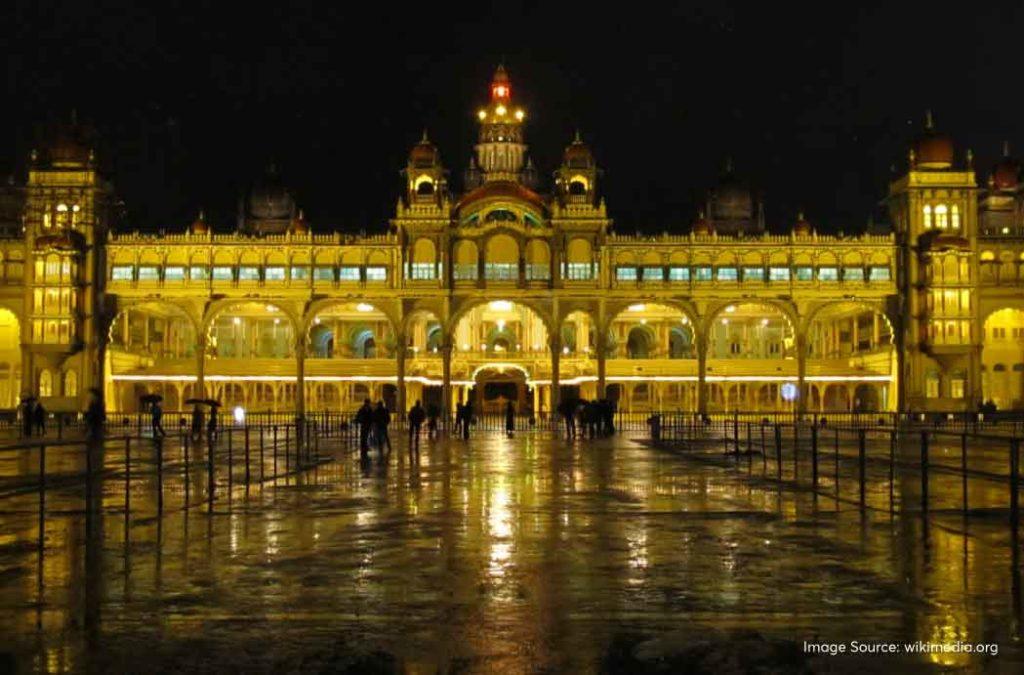
| Language | Timings | Entry Fee (Adults) | Entry Fee (Children) |
| English | Monday to Wednesday 7:00 PM to 8:00 PM Saturday 8:15 PM to 9:15 PM | 120 | 50 |
| Kannada | Thursday to Saturday 7:00 PM to 8:00 PM | 100 | 40 |
Museums and Exhibitions
Mysore Palace is home to two museums, one open to the public while the other is private for the royal members. You can easily visit the museum and witness the royal lifestyle of the Wodeyars. It is indeed a kaleidoscope of preserved heritage. You can spot royal costumes and jewellery.
There are also a plethora of souvenirs displayed in the museums. Interestingly, you can observe the artistic obsession with ancient paintings and other items. While one cannot discover about the Wodeyars, it is the museum that takes you deep into the everyday lifestyle of the royals.
Conservation efforts and challenges
While the palace looks magical to the eyes, it still needs conservation. Built in 1912, the palace is more than 100 years old. As per the data, many walls have cracked and the water can easily pass through the ceiling. There is also an emerging need to preserve the ancient manuscripts which define the heritage of the palace. There have been many requests regarding the restoration of paintings in the temples.
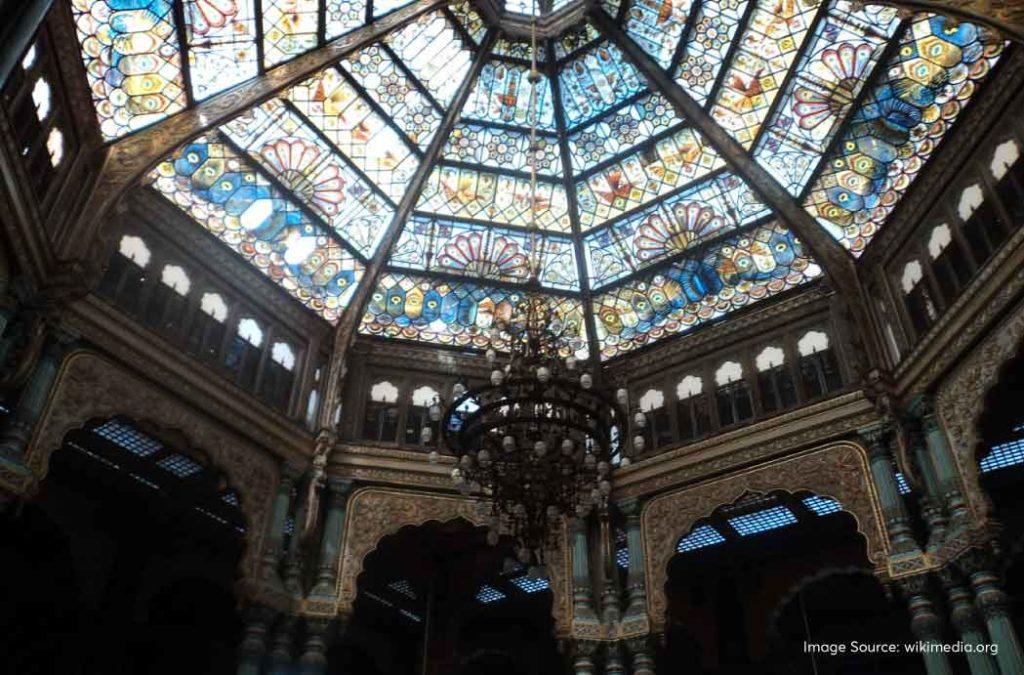
As of today, the challenge is the time! If the artefacts are not restored on time, they may soon be of no use. It takes serious efforts from the government to undertake concrete steps for the preservation of this heritage structure.
Mysore Palace is a spectacular spot of architectural grandeur and beauty. As per the data, 33 lakh visitors visited the palace in the year 2022-23. The city witnessed the highest footfall during the Mysore Dasara festival. Such a large number contributes to the financial growth of the state. It leads to more hotel bookings, boosts the local markets and promotes cultural tourism like never before!
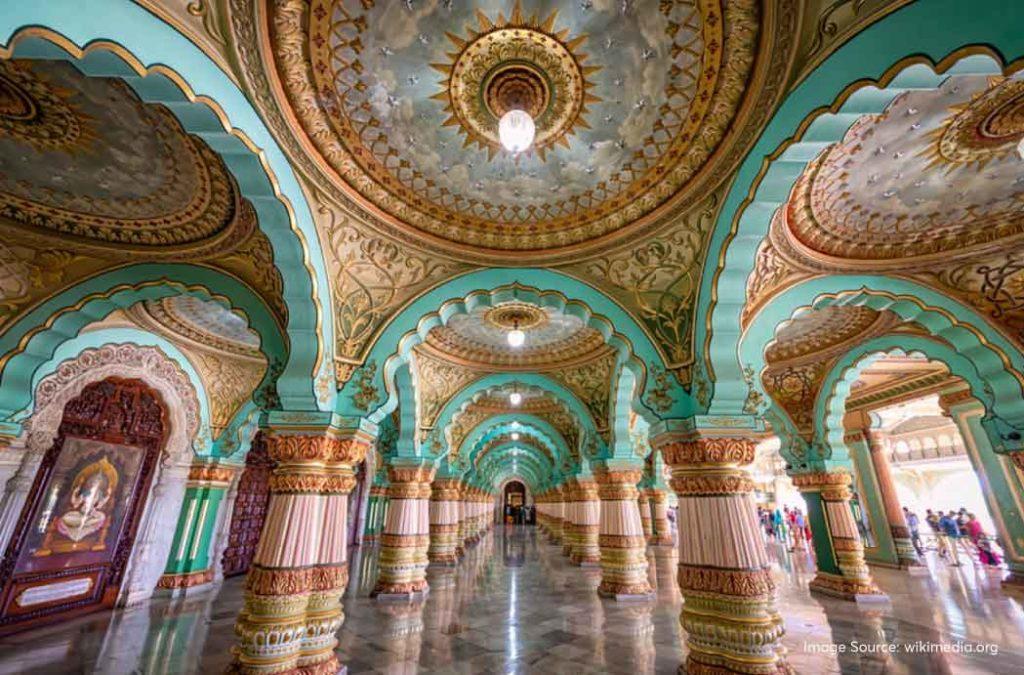
Mysore Palace has an interesting history where courage, bravery and resilience have been the values of Wodeyars. The city takes immense pride in the historical grandeur that Mysore Palace brings. It is the essence of hard work and dedication that preserves the royalty of Mysore. With its magnificent architecture and royalty, the structure stands as a testament to the city’s rich values and grandeur.
- Preserving a huge structure like Mysore Palace takes sincere efforts from the state as well as the central government. Enough funds should be allocated.
- Considering the income generated by the palace and its various attractions, there is an urgent need to elevate the visitor Experience.
- Since the light and sound show is available only in two languages, it can be made available in different languages to cater to the mass population.
- Cultural workshops are an exciting way of getting people together. Through workshops, the palace can promote age-old techniques or skills including weaving, painting or classical dance forms.
To have such an iconic history is a sense of pride for the entire country. Mysore Palace holds immense value in promoting the culture and heritage of the city. While you must have explored several destinations, it is time to experience the authenticity of traditions. Royal thrones, traditional ceremonies, age-old beliefs and the majestic aura truly elevate cultural tourism for global audiences. Lastly, it is the culture that binds the city and unites people as one!
